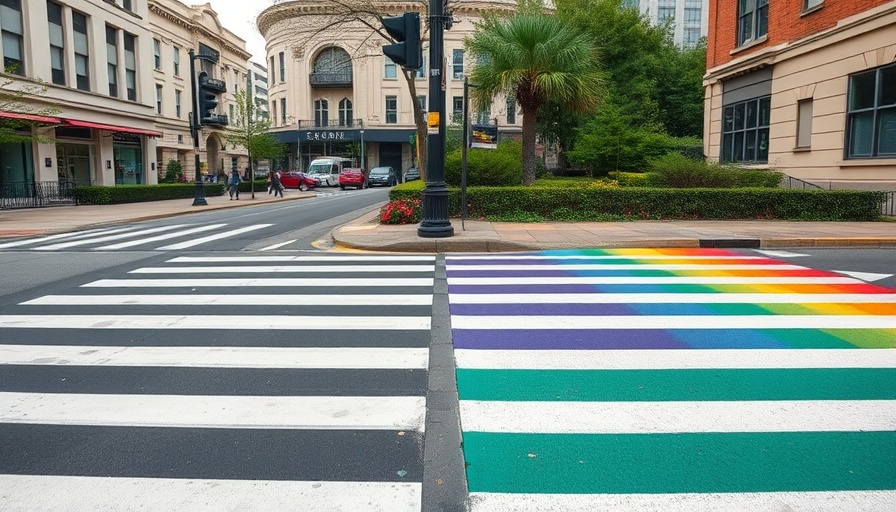
Community Rallies After Removal of Rainbow Crosswalk
The recent removal of the rainbow crosswalk at the former site of the Pulse nightclub in Orlando has sparked outrage and prompted a community protest. The rainbow-colored crosswalk, which served as a tribute to the 49 victims of the tragic shooting in 2016, was painted over by the Florida Department of Transportation (FDOT) in a surprise move that was described by local officials as a "cruel political act." Orlando Mayor Buddy Dyer and City Commissioner Patty Sheehan voiced their anger over the decision, stating it disregards the memory of those lost in the massacre.
The Significance of Symbolism in Public Spaces
The removal of this crosswalk isn’t merely an aesthetic change; it’s a powerful symbol for the LGBTQ+ community and those affected by the tragedy. Symbols in public spaces carry deep meaning, representing acceptance, celebration, and the fight against discrimination. as noted by local leaders, many residents and city officials are determined that this erasure will not go unchallenged. "We will not be erased," remarked Democratic State Senator Carlos Guillermo Smith, emphasizing the resolve to honor the memory of the victims through even larger tributes.
Political Context Surrounding the Act
Florida Governor Ron DeSantis responded to the backlash on social media, asserting that state roads should not be used for political statements. This position raises concerns about the ongoing tensions between state governance and local initiatives aimed at supporting diverse communities. The FDOT has indicated that they are enforcing compliance with regulations regarding such public displays, yet many believe the timing and manner of this action indicate an underlying political motive.
Looking Ahead: Public Response and Actions
In response to this controversial removal, activists are already mobilizing for a community protest set for 6 p.m. Thursday at the site. This protest not only symbolizes a reaction to the crosswalk’s removal but also serves as a rallying point for broader LGBTQ+ rights within the state. Local leaders have assured attendees that they will fight to replace the crosswalk with an even larger and more vibrant tribute, reinforcing the community's unwavering spirit.
Civic Engagement in Action
The planned protest represents a moment of civic engagement, showcasing how residents can come together to voice their disapproval and demand recognition for their community. It highlights the important role of public discourse in shaping policies that cater to the diverse makeup of Florida's population.
 Add Row
Add Row  Add
Add 



Write A Comment